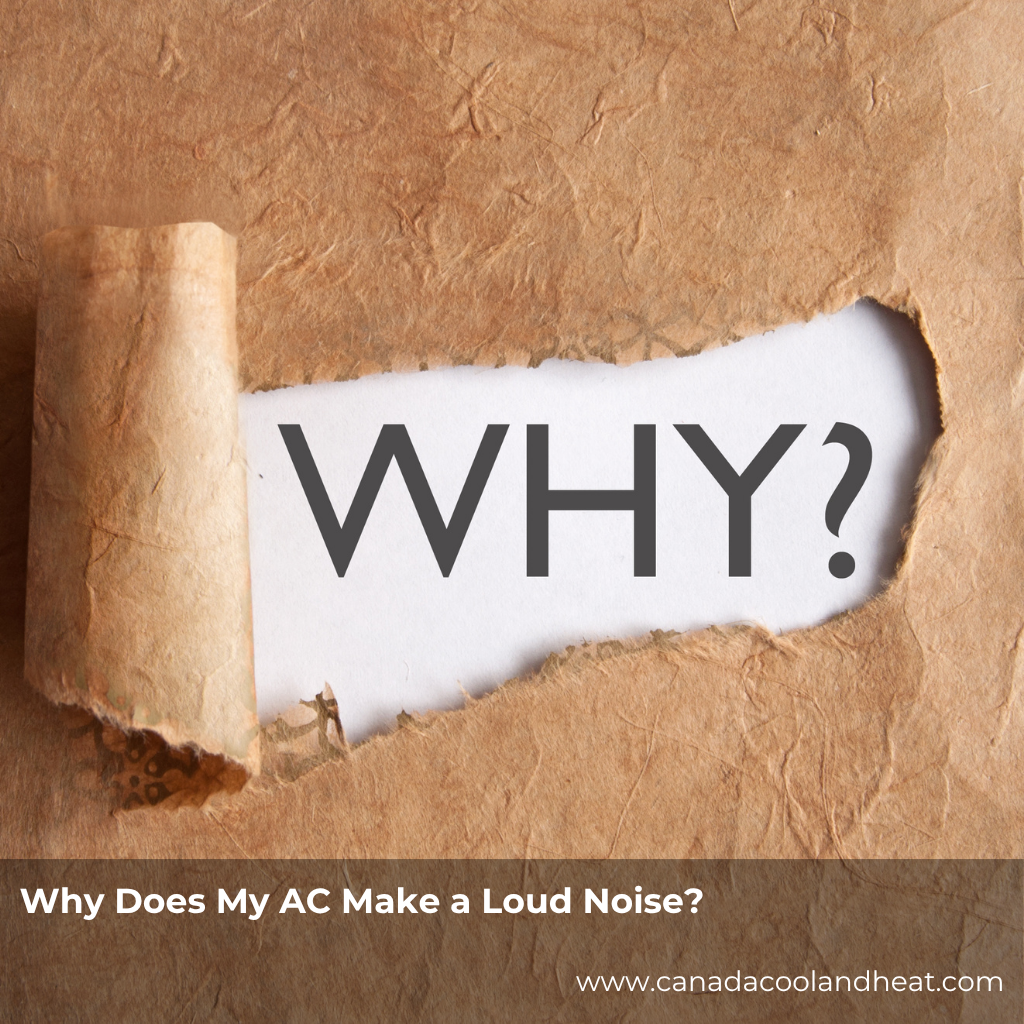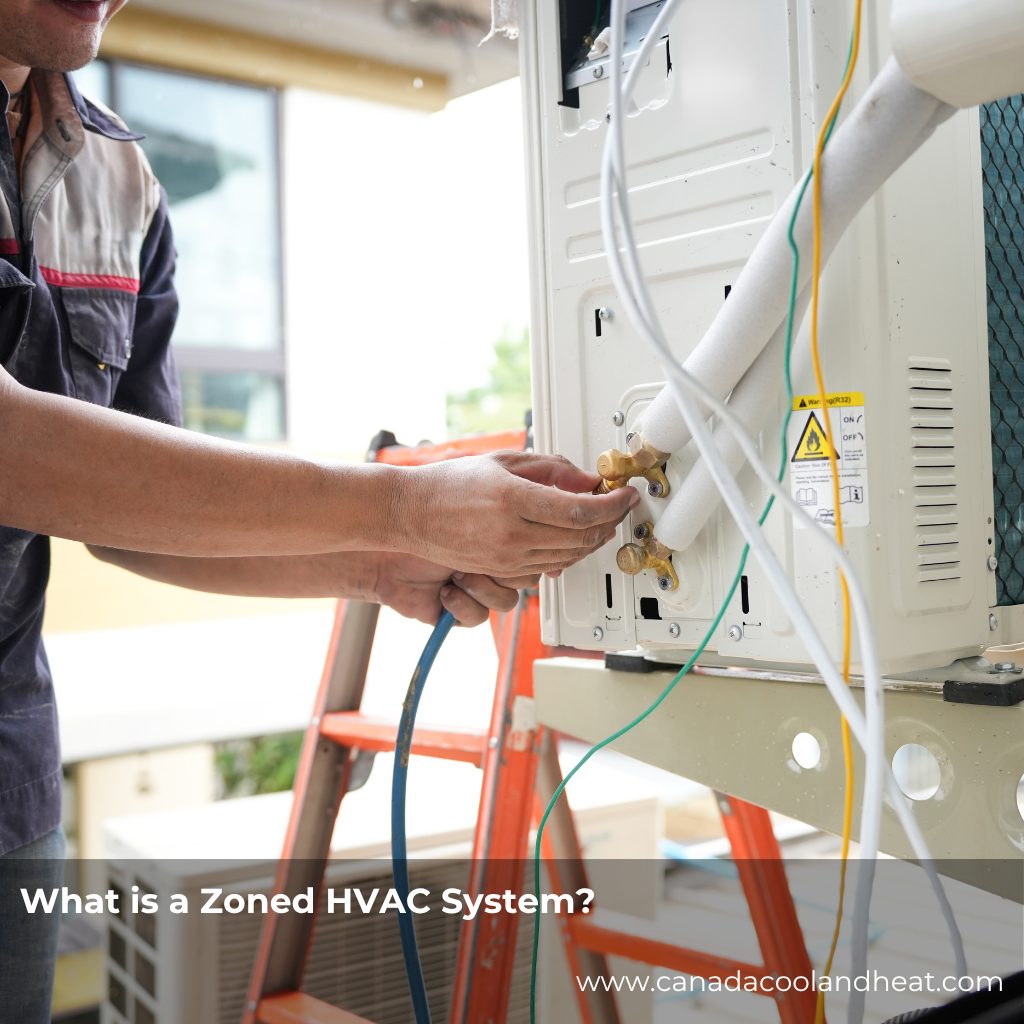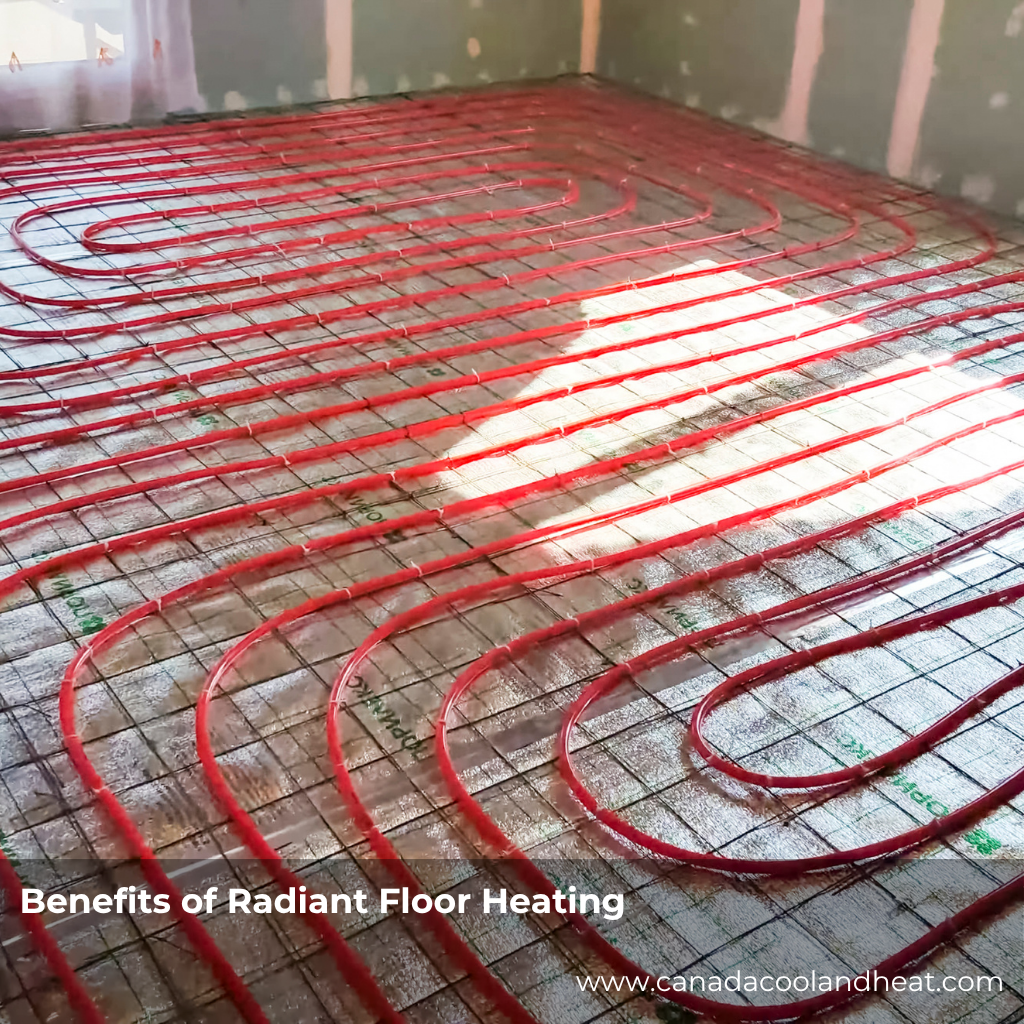Why Kitchen Ventilation Matters More Than You Think
Cooking releases a surprising amount of moisture and airborne particles into your home. Boiling, frying, and even baking contribute to humidity levels that your HVAC system must then manage.
- Moisture buildup: Trapped humidity can lead to mold, mildew, and warped wood.
- Odor retention: Without good airflow, smells linger far longer than the meal itself.
- Air quality: Steam carries grease particles and combustion gases that affect indoor air quality.
When your kitchen’s vent hood and your home’s HVAC system work together, they keep your air cleaner, dryer, and better balanced.
How Range Hoods Impact Your Home’s HVAC Balance
Range hoods are often underestimated. They’re not just decorative; they’re functional parts of your home’s air ecosystem. A vent hood draws out heat, moisture, and airborne particles while cooking, but it also interacts directly with your HVAC system.
- Air Pressure Balance: If your hood vents too much air too quickly, it can create negative pressure inside the home. This means your HVAC system works harder to bring air back in, possibly pulling in unconditioned air from outside or through small leaks.
- Energy Efficiency: A balanced system ensures your heating and cooling units aren’t constantly compensating for lost or gained air.
- Indoor Comfort: When airflow is properly balanced, temperatures remain stable across rooms—no more hot kitchens and chilly living rooms.
Think of your range hood as part of a symphony—your HVAC system is the conductor, and each appliance must play in harmony to maintain a comfortable home environment.
Sizing Guidelines: Choosing the Right Vent Hood for Your Kitchen
Size matters—especially for vent hoods. An undersized hood won’t capture enough steam or odors; an oversized one can overwhelm your HVAC system.
Here’s how to get it right:
1. Match Hood Width to Cooktop Size
Your vent hood should be at least as wide as your cooktop—ideally extending 3 inches beyond on each side for maximum coverage.
2. Calculate the Right CFM (Cubic Feet per Minute)
This is the measure of how much air your hood can move. The right CFM depends on your cooking habits and kitchen layout.
| Cooktop Type | Recommended CFM |
|---|---|
| Electric Range | 100 CFM per linear foot of cooktop |
| Gas Range | 150 CFM per linear foot of cooktop |
| High-Output Gas Range | 600–1200 CFM total |
Pro Tip: For most home kitchens, 300–600 CFM is sufficient. Higher isn’t always better—it can disrupt your home’s pressure balance.
3. Ducting Matters
Always vent outside when possible. Recirculating hoods with filters help, but they don’t remove humidity—they only trap odors and grease.
4. Make-Up Air Systems
If your vent hood exceeds 400 CFM, building codes often require a make-up air system to replace the air being exhausted. This keeps your HVAC system balanced and efficient.
Natural Ways to Dehumidify Your Kitchen
Even with the best vent hood, a few natural habits can help keep humidity in check:
- Open Windows: Crack a window during and after cooking to let moist air escape.
- Use Lids: Cover pots to contain steam.
- Houseplants: Plants like peace lilies and Boston ferns absorb moisture naturally.
- Charcoal Bags: Activated charcoal helps absorb both moisture and odors.
- Regular Maintenance: Clean hood filters monthly to ensure airflow isn’t restricted.
By combining good ventilation with these small lifestyle tweaks, you’ll maintain a fresher, drier home year-round.
The Bigger Picture: Ventilation Beyond the Kitchen
Your kitchen might be the most humid room in your home, but moisture travels. Poor ventilation can cause condensation on windows, peeling paint, and a musty smell that no candle can mask. Integrating your range hood with a well-balanced HVAC system creates a more holistic home environment—one that feels as good as it smells.
When every vent, duct, and filter is doing its part, your home breathes easier—and so do you.
Conclusion: A Breath of Fresh Air for Your Home
Proper ventilation isn’t just about comfort; it’s about health, efficiency, and longevity—for both your home and your HVAC system. By understanding how vent hood HVAC kitchens function together, you’ll not only keep your air cleaner but also extend the life of your heating and cooling systems.
So next time you simmer, sauté, or sear, take a deep breath—and know your kitchen is working with you, not against you.
FAQs About Vent Hood and HVAC Balance
1. Do all vent hoods need to vent outside?
No, but it’s recommended. Ductless hoods filter odors but don’t remove humidity, which can lead to indoor moisture buildup.
2. How often should I clean my vent hood filter?
At least once a month if you cook regularly. Grease buildup restricts airflow and reduces efficiency.
3. Can a vent hood affect indoor air pressure?
Yes. High-powered hoods can create negative pressure, especially in tightly sealed homes. A make-up air system can solve this.
4. What’s the ideal CFM for a home kitchen?
For typical cooking, 300–600 CFM works well. More than 600 may require additional ventilation adjustments.
5. Can my HVAC system help control kitchen humidity?
Absolutely. A well-balanced HVAC system removes excess moisture and ensures even air distribution throughout your home.
6. What’s the benefit of integrating HVAC and kitchen ventilation systems?
It reduces energy costs, improves comfort, and enhances indoor air quality.
7. How can I tell if my kitchen is too humid?
Look for condensation on windows, musty odors, or sticky air—all signs your kitchen needs better airflow.






